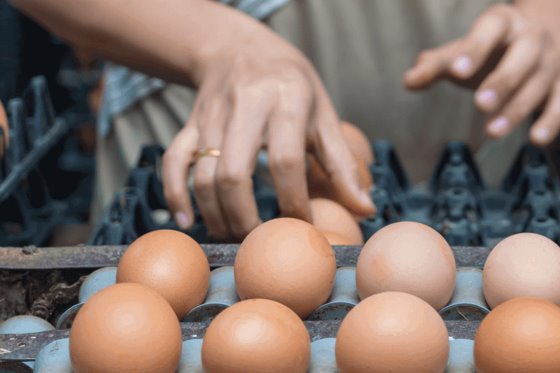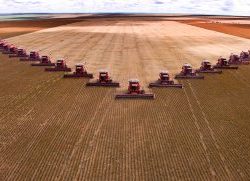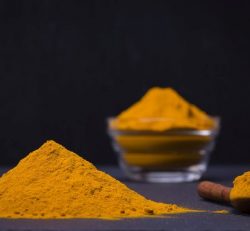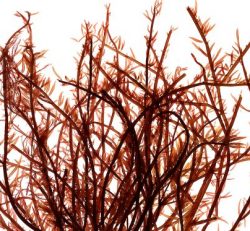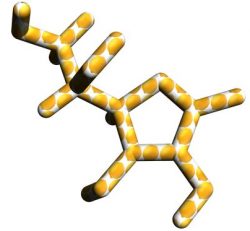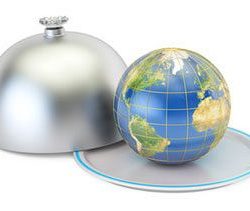DYNAMICS AND PATTERNS OF EGG INDUSTRY IN ASIA-PACIFIC
Asia Pacific countries play a key role in global laying hen husbandry and egg production, contributing nearly two thirds of egg production in 2016 and 60% of the global hen inventory.
China, the world’s largest egg producer, provided almost 36%, which was four times more than the USA (8.2%) and ten times greater than the third largest producer, Mexico (3.7%).
The report, “Dynamics and patterns of the egg industry in APEC member countries,” produced by Hans-Wilhelm Windhorst, International Egg Commission statistical analyst, found that between 1996 and 2016 the global laying hen inventory increased by 2.18 billion birds of 56.2%.
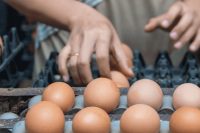
Photo: Treena Hein
In the same time period, the inventories of the APEC (a forum of 21 Pacific Rim countries) grew by 820 million birds or 36.6%. The APEC nations contributed 37.8% to the global growth of the laying hen population.
China dominating position
A closer look at the dynamics at country level shows that the five leading countries (China, USA, Indonesia, Mexico and Russia) contributed 39.6% to the total laying hen inventory of APEC countries in 2016. China was in the dominating position, sharing 44.4% of the laying hen population of APEC, followed by the USA with 11.9% and Indonesia with 8.2%.
Global egg production increased by 28.9m tonnes or 64.1% between 1996 and 2016. To this absolute growth, APEC member countries contributed 19.4m tonnes or 67.1%.
A closer look at the ranking by country shows not just China’s dominance but the relative stability of the egg industry in the region, other than a fall in production in Japan.
A comparison with the ranking of the countries according to their relative growth reveals some remarkable differences, according to the report.
“Nine of the 21 member countries more than doubled their production volume, with extraordinary high relative growth rates in Peru n(208.5%), Vietnam (203.2%), Papua New Guinea (175%) and Chile (135.4%).”
Negative trends were found in three nations – Japan, Taiwan and Hong Kong.
The report concluded that it can be expected that APEC countries will be able to fasten their position in the global egg industry in the years to come.
“This assumption is as well based on the population dynamics as on the foreseeable increase of the per capital consumption and the growing purchasing power of the new middle class.”
Tony McDougal
Freelance Journalist
Source: www.poultryworld.net


